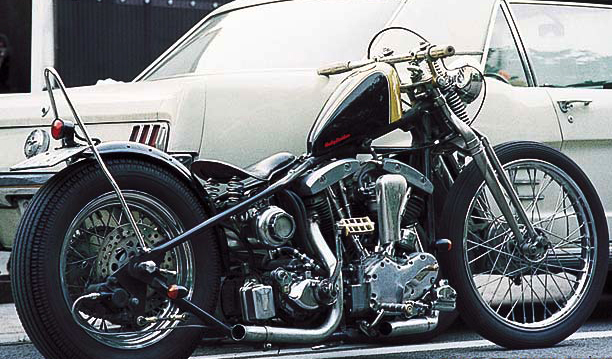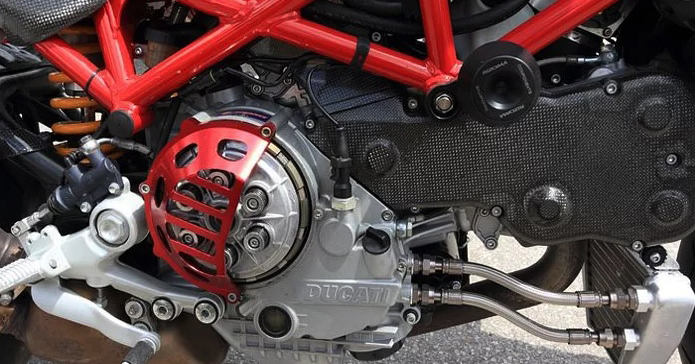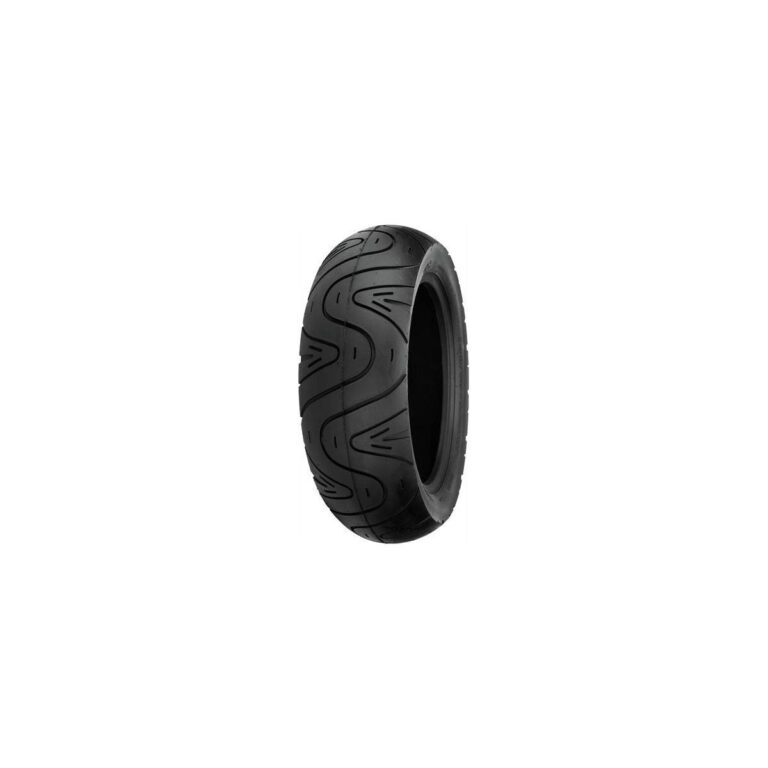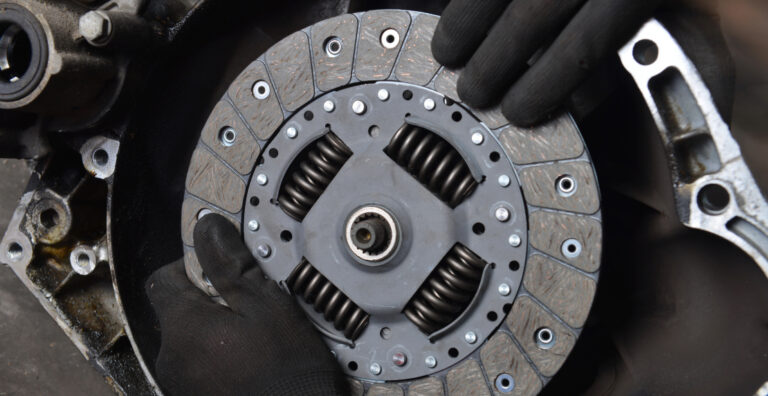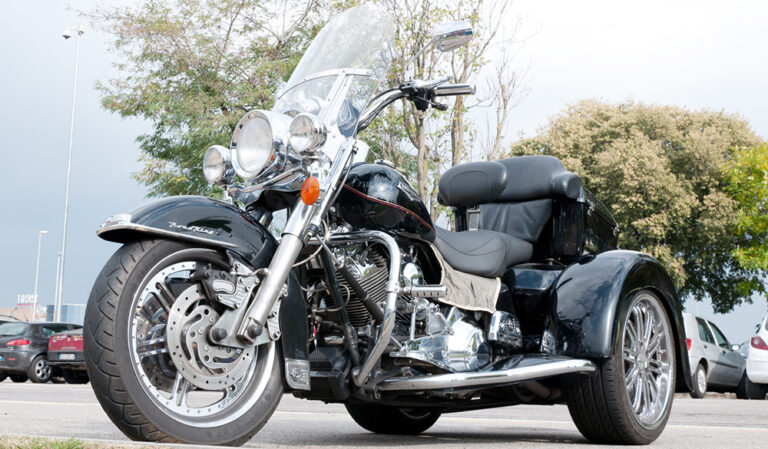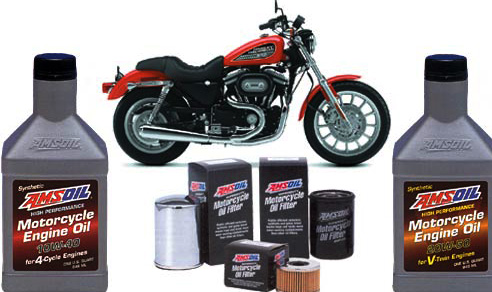Evo Vs Twin Cam : An Epic Battle of Power and Performance
The Evo and Twin Cam are two different types of Harley-Davidson engines. The Evo engine is known for its reliability, while the Twin Cam engine offers increased power and performance.
Now let’s explore these engines in more detail. Harley-Davidson is a renowned motorcycle manufacturer that has produced various engine types over the years. Two popular engine types are the Evo and Twin Cam engines. The Evo engine, short for Evolution, was introduced in 1984 and was produced until 1999.
It is known for its durability and smoother operation. On the other hand, the Twin Cam engine, introduced in 1999, offers improved power and torque compared to the Evo engine. It features two camshafts, hence the name “Twin Cam. “
The Twin Cam engine is available in various sizes, ranging from 88 to 114 cubic inches, allowing riders to choose the level of performance they desire. Whether you prefer the reliability of the Evo engine or the increased power of the Twin Cam, both engines offer unique benefits for Harley-Davidson enthusiasts.
Harley Engines: A Legacy Revisited
The Evolution of Harley Davidson Engines has been a remarkable journey in the world of motorcycles. These engines have captivated riders for decades, delivering power, performance, and that iconic Harley sound. One significant milestone was the arrival of the Twin Cam engine, which revolutionized the industry and became a game changer for Harley enthusiasts.
The Twin Cam engine, with its distinctive V-twin design, unleashed a new level of power and torque. With improved fuel injection, smooth operation, and enhanced cooling, this engine became an instant favorite among riders seeking a thrilling experience on the open road. The introduction of the Twin Cam brought a significant shift in Harley’s engineering and design philosophy, setting the stage for future innovations.
Harley Davidson’s commitment to continuous improvement and pushing the boundaries is evident in their engines’ evolution. Whether it’s the nostalgia of the Evo or the groundbreaking technology of the Twin Cam, Harley Davidson engines continue to captivate riders and leave a lasting impact on the world of motorcycles.
Inside The Evo Engine
Evo vs Twin Cam: In the world of motorcycles, the debate between Evo and Twin Cam engines has sparked intense discussions among enthusiasts. When comparing the design and performance highlights of these two iconic engines, several key factors stand out.
Firstly, the Evo engine, short for Evolution, revolutionized the motorcycle industry with its innovative design. Its iconic single camshaft configuration allowed for improved power delivery and reliability, setting new standards for performance. On the other hand, the Twin Cam engine, as the name suggests, boasts two camshafts, offering enhanced valve control and increased horsepower.
Furthermore, the Evo engine’s modular design made it a popular choice among riders and custom builders alike. Its simple yet efficient construction allowed for easy maintenance and modifications. In contrast, the Twin Cam engine presented a more complex structure, requiring specialized expertise and tools for adjustments.
Lastly, it is essential to acknowledge the cultural impact of the Evo engine. With its introduction in the 1984 Harley-Davidson Softail, the Evo engine became synonymous with the brand itself, embodying the spirit of freedom and individuality that define Harley-Davidson motorcycles.
Unpacking The Twin Cam Differences
The introduction of the Twin Cam engine brought about several important technical upgrades compared to the previous Evo model. One of the significant improvements was the incorporation of a more advanced dual overhead camshaft design, which allowed for better control and more precise timing of valve opening and closing.
Another notable enhancement was the introduction of a new hydraulic cam chain tensioner, which eliminated the need for manual adjustment and provided a quieter and more reliable operation. The Twin Cam engine also featured an improved oiling system, including a larger capacity oil pump and an oil cooler, which contributed to better overall engine performance and durability.
Additionally, the Twin Cam brought about a revised cylinder head design with a more efficient combustion chamber, resulting in improved power and fuel efficiency. The new engine also featured a higher compression ratio, which further enhanced its performance capabilities.
In summary, the Twin Cam engine brought significant technical upgrades over its predecessor, the Evo, including a dual overhead camshaft design, hydraulic cam chain tensioner, improved oiling system, and a revised cylinder head design. These enhancements resulted in improved performance, durability, and overall engine efficiency.
Performance Face-off: Evo Vs Twin Cam
Horsepower and torque are two key factors when comparing the performance of the Evolution (Evo) and Twin Cam engines. The Evo engine, also known as the Evolution engine, is known for its high output and excellent power delivery. With its advanced design, it produces impressive horsepower and torque figures, resulting in exhilarating riding experiences.
On the other hand, the Twin Cam engine offers a different riding experience. It may not match the Evo’s power output, but it compensates with its distinctive characteristics. While some riders may prefer the raw power of the Evo engine, others appreciate the smoother power delivery and refined performance of the Twin Cam.
Ultimately, the choice between the Evo and Twin Cam engines comes down to personal preference. Riders seeking thrilling acceleration and power may lean towards the Evo, while those valuing a more refined and comfortable ride might opt for the Twin Cam. In the end, both engines offer their own unique performance and riding experiences, making it a matter of individual preference.
Reliability And Maintenance Showdown
The longevity and reliability of Evo and Twin Cam engines are important factors to consider when choosing between them. Evo engines have built a reputation for their durability and longevity, with many owners reporting high mileage and long-lasting performance. These engines are known for their solid construction and robust design, making them less prone to mechanical issues. On the other hand, Twin Cam engines also offer good reliability, although some owners have reported issues with the cam chain tensioners.
When it comes to ease of repair and parts availability, both Evo and Twin Cam engines have a wide range of aftermarket support and readily available parts. However, it is important to note that some specific parts may be more common for one engine over the other, depending on the model year and specific components. Overall, both engines are well-supported by the aftermarket community, making it easier for owners to maintain and repair their bikes.
In summary, both Evo and Twin Cam engines offer reliable performance with good longevity. While Evo engines have a solid reputation for their durability, Twin Cam engines are also known for their reliability. Ultimately, the choice between the two will depend on personal preferences and the specific bike model.
Modifying For The Win
| Modifications | Description |
|---|---|
| Bolt-on Performance Parts | Upgrade your Evo’s exhaust system, air intake, and fuel management system to increase horsepower and torque. |
| Camshaft Upgrade | Install a high-performance camshaft to improve valve timing and boost engine power. |
| Turbocharger Kit | Add a turbocharger to your Evo for significant power gains, especially at higher RPMs. |
| Engine Tuning | Optimize your Evo’s engine management system to maximize performance and fuel efficiency. |
When it comes to improving performance on Twin Cam engines, there are several modifications you can consider:
1. High-Flow Air Intake: Upgrade the air intake system to allow more air into the engine, increasing power and response.
2. Performance Exhaust: Install a high-flow exhaust system to improve exhaust flow and enhance horsepower.
3. Cylinder Head Porting: Porting and polishing the cylinder heads can improve airflow, resulting in increased power.
4. Performance Cams: By installing performance camshafts, you can optimize valve timing and lift for improved performance.
5. Engine Management Tuning: Fine-tuning the engine’s computer can optimize fuel and ignition settings for better performance.
Frequently Asked Questions Of Evo Vs Twin Cam
Evo Vs Twin Cam: Which Is Better For Motorcycle Enthusiasts?
Both Evo and Twin Cam engines have their own unique advantages and appeal to different types of riders.
What Are The Key Differences Between Evo And Twin Cam Engines?
Evo engines offer a classic, old-school design, while Twin Cam engines boast improved power and smoother performance.
Is The Evo Engine More Reliable Than The Twin Cam?
Both engines have proven to be reliable over the years, but the Evo engine is generally known for its durability and simple design.
Which Engine Offers Better Performance: Evo Or Twin Cam?
If you’re looking for raw power and high-speed performance, the Twin Cam engine is the way to go.
Are Evo Or Twin Cam Engines More Suitable For Customizing A Motorcycle?
Evo engines are often preferred by custom bike builders due to their simplicity and compatibility with aftermarket parts. However, Twin Cam engines offer more advanced customization options.
Conclusion
Comparing Evo and Twin Cam engines reveals distinct characteristics that cater to different rider preferences. While the Evo engine offers a more traditional feel with its pushrod design and torque-filled power delivery, the Twin Cam engine provides modern advancements such as overhead cams and enhanced performance.
Ultimately, the choice between the two depends on individual riding style and desired experience on the road.
